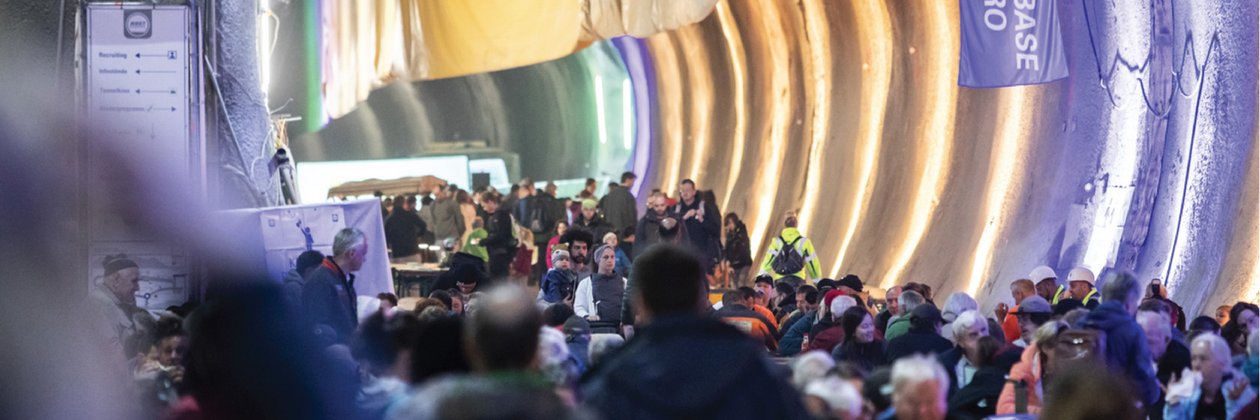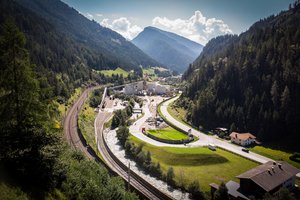On April 4th 2023, the bidding consortium consisting of Porr Bau GmbH, Marti GmbH Austria and Marti Tunnel AG Switzerland was awarded the contract for the construction of the tunnels in the largest construction lot in Austria, the H53 Pfons-Brenner construction site.
The consortium contracted the Max Bögl Group in Sengenthal, Bavaria, to produce and deliver the tubbing rings for this construction site. From the beginning of 2024, a total of 530000 tonnes of tubbing rings will be transported by rail - using trains provided by Rail Cargo Austria - from the Group's plant in Bavaria directly to the H53 Pfons-Brenner construction site. In order to be able to receive the tubbing rings directly at the construction site, specific tracks have been built, similar to those used for motorway junctions for road transport.
But that’s not all for this construction lot. Next year, the assembly of two tunnel boring machines (TBMs) will begin at the Pfons-Brenner H53 construction site, more precisely in the assembly chambers. The TBMs will start their journey towards Innsbruck at the end of 2024. The TBMs will not only be used for mechanised excavation, but also for laying the tubbing rings - around 54,000 of them - and thus for the final lining of a section of around 15 km in the two main tunnels.
Interestingly, the tubbing rings will be transported to the Pfons-Brenner construction lot by rail, thus avoiding road transport. Unlike, for example, the adjacent H41 Sill-Pfons Gorge constrcution lot, the limited space available here does not allow the tubbing rings to be produced directly on site. Hence the need to find a logistically efficient, yet sustainable solution. “In the BBT project, we firmly believe in the need to reconcile efficiency and sustainability: transporting the tubbing rings by rail from Bavaria to the Pfons-Brenner construction lot is a tangible example of this combination,” explains Michael Knapp, BBT project manager for the Pfons-Brenner stretch.
Once completed, the Brenner Base Tunnel will not only help reduce truck and car traffic from one side of the border to the other, but will also connect northern and southern Europe in a more sustainable way. Even during the construction phase, environmental sustainability is a central objective of the BBT project.


